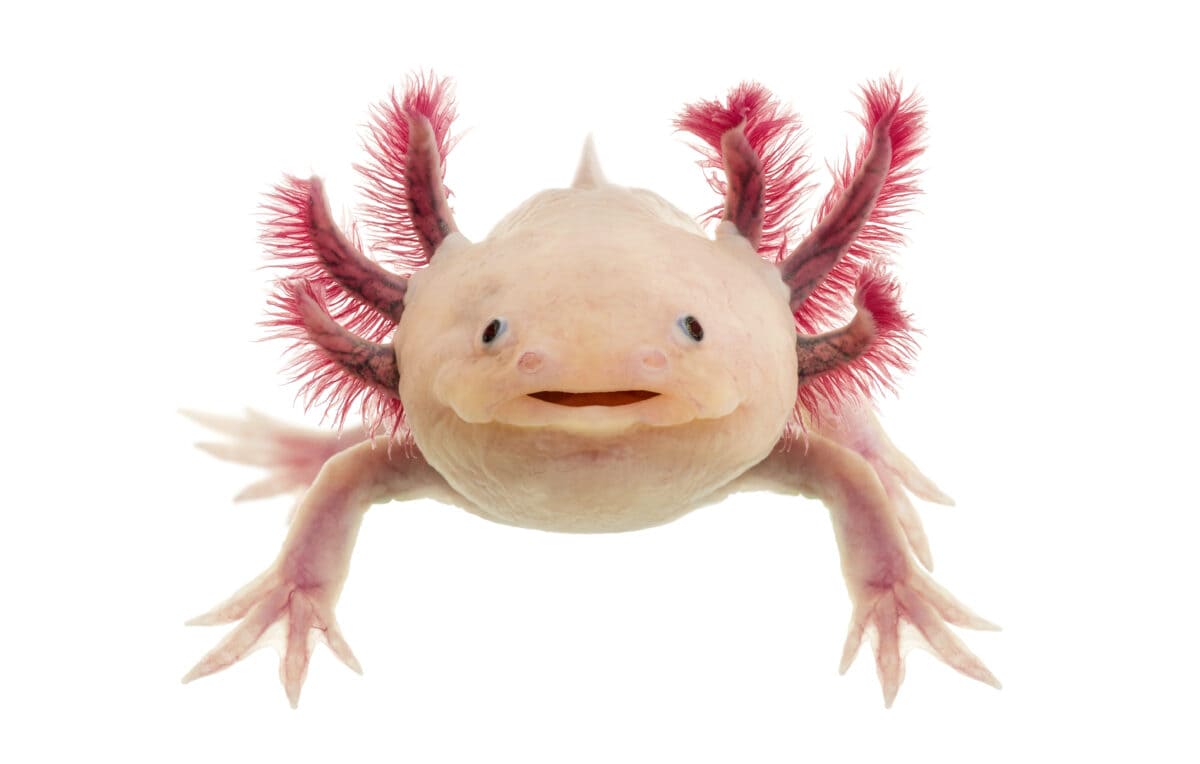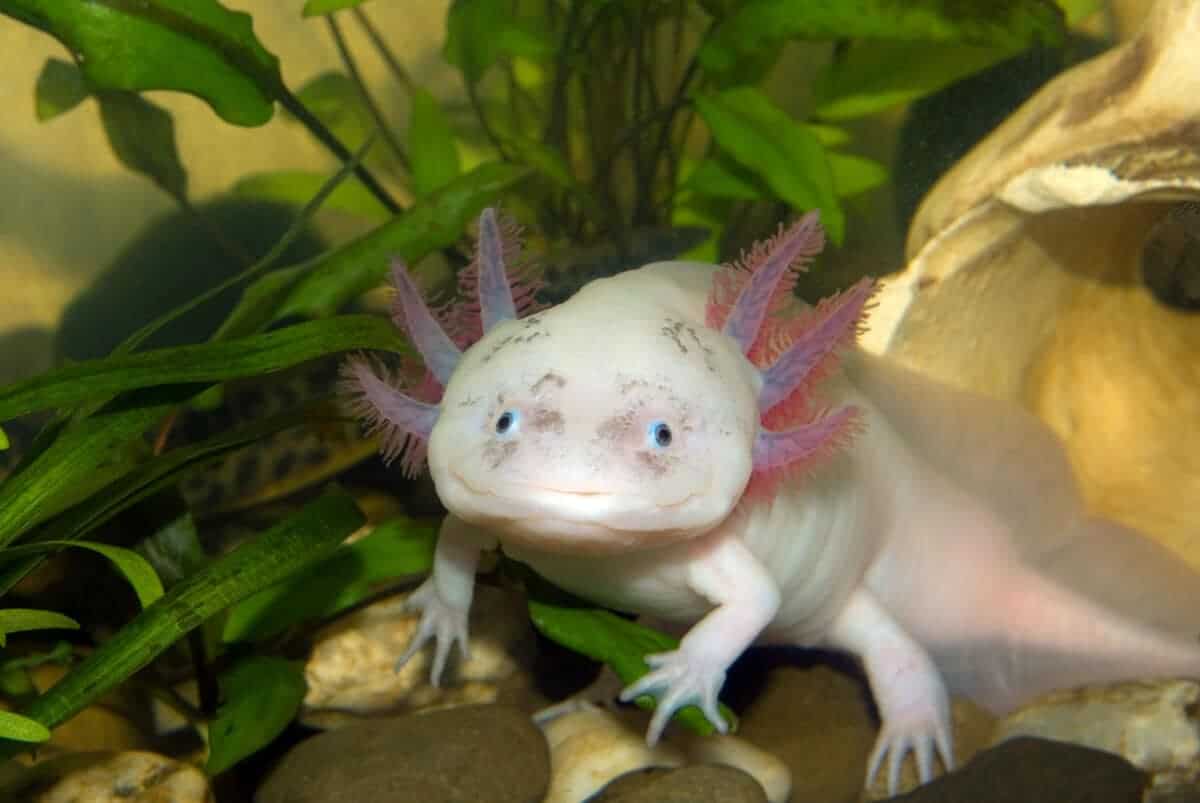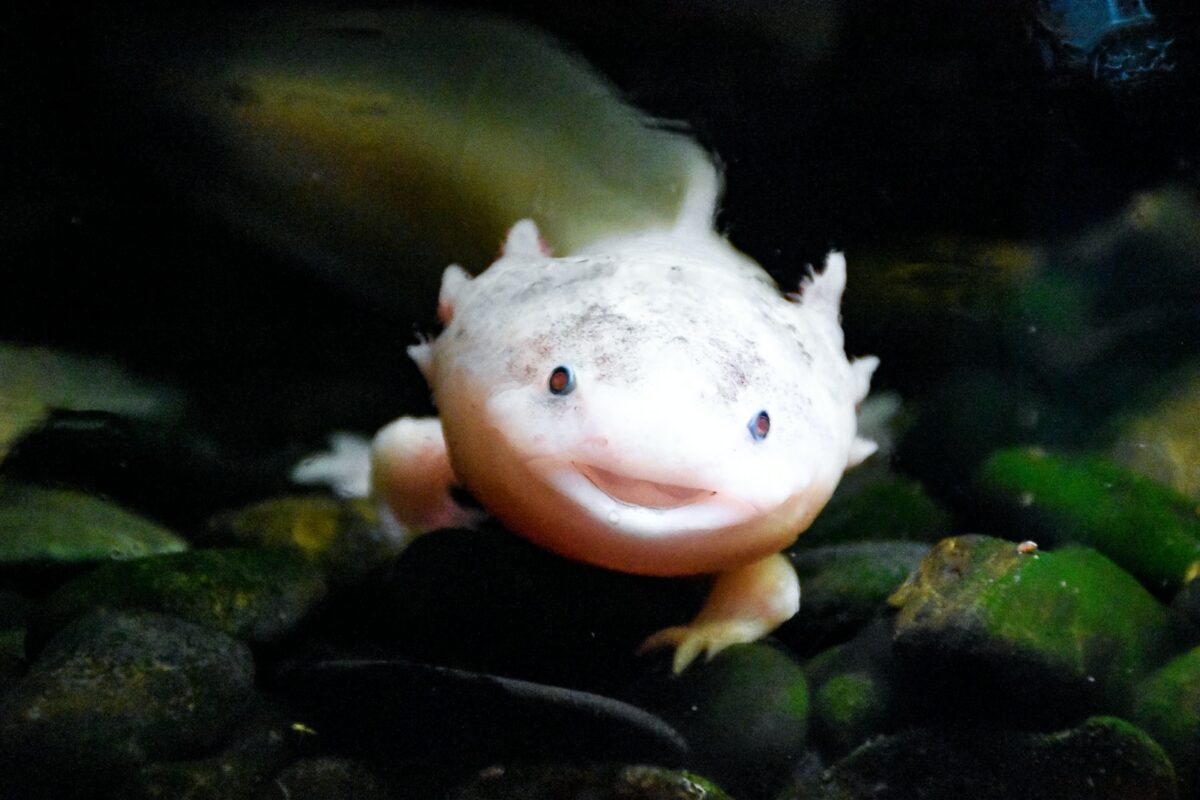In the fascinating world of amphibians, few creatures capture the imagination quite like the axolotl, a unique species of salamander known scientifically as Ambystoma mexicanum. Often referred to as the “Mexican walking fish,” the axolotl resides in a single locale: the lake complex of Xochimilco in Mexico City. Despite their name, axolotls are not fish but amphibians known for their exceptional regenerative abilities. Yet, amidst their fascinating biology lies a paradox: while axolotls can regenerate lost body parts, they face increasing challenges in reproduction and multiplication. This article explores the intriguing life of the axolotl, from its fantastic regrowth capabilities to the environmental threats jeopardizing its survival.
The Marvel of Regeneration

The axolotl’s ability to regenerate is a primary factor in its scientific interest. While most mammals—including humans—can heal wounds and repair minor injuries, axolotls can fully regenerate entire body parts. This includes limbs, spinal cord sections, the tail, the heart, and even parts of the brain. Such regenerative capability is not just superficial. For example, after losing a limb, an axolotl’s body initiates a process that replicates embryonic development, leading to perfectly functional and seamlessly integrated organs.
The cellular magic behind this lies in the axolotl’s unique cellular machinery, which allows certain cells to revert to a stem-like state. Once in this pluripotent state, these cells can differentiate into any cell type needed to rebuild the lost structure. Researchers are keenly studying these mechanisms as they hold potential keys to advancing human medicine, particularly in regenerative treatments.
A Lifecycle Stuck in Youth

Unlike most amphibians, axolotls retain their larval features throughout their lives, a phenomenon known as neoteny. While their relatives metamorphose into terrestrial adults, axolotls remain aquatic and gilled, maintaining a juvenile appearance even as they become sexually mature. In their native habitat, this adaptation allows them to thrive in their unique aquatic environment without the necessity to evolve into land-dwelling adults. However, this perpetual larval state raises intriguing questions about their growth and reproduction.
Challenges in Reproduction

Despite their prowess in regeneration, axolotls face significant challenges in multiplying, primarily due to environmental pressures. The natural habitat of the axolotl is shrinking due to urbanization, pollution, and the introduction of invasive species. Furthermore, water pollution and habitat destruction interfere with their breeding, impacting population sustainability. These stressors not only lead to dwindling population numbers but also increase the risk of genetic bottlenecking, where reduced genetic diversity can impede reproductive success.
Conservation Efforts

Conservationists are actively working to preserve the axolotl. Efforts include habitat restoration, captive breeding programs, and public awareness campaigns in Mexico and abroad. Captive breeding has been somewhat successful, though reintroducing these animals into the wild remains complicated due to the altered natural environment and continuing urban development. In Xochimilco, efforts to preserve and restore the canals and natural reserves are ongoing, including the implementation of “axolotl shelters” to safeguard them from predators and environmental threats.
The Axolotl in Popular Culture and Science

The axolotl’s unique features have made it a subject not only of scientific research but also of popular culture. Its “smiling” face and rare characteristics have garnered a cult following worldwide, appearing in video games, art, and even as an informal mascot for environmentalism. In laboratories, axolotls are invaluable for scientific research, particularly concerning developmental biology and regenerative medicine, due to their unique regenerative processes that model potential human applications.
Conclusion

The axolotl stands as a testament to the incredible diversity and adaptability of life on Earth. While it astounds with its regenerative abilities, it faces the grim reality of declining populations in the wild. Efforts to conserve this unique species are crucial, not just for preserving biodiversity but also for what axolotls can teach us about biology and healing. Ongoing research and conservation efforts hold promise for both axolotls and the broader understanding of regeneration, making this enigmatic salamander an enduring subject of interest for scientists and nature enthusiasts alike.
- 13 Wild Babies That Are Born Ready to Run - August 16, 2025
- 12 Wild Creatures That Can Regrow Entire Limbs - August 16, 2025
- How Do Whales Communicate Across Thousands of Miles? - August 16, 2025

